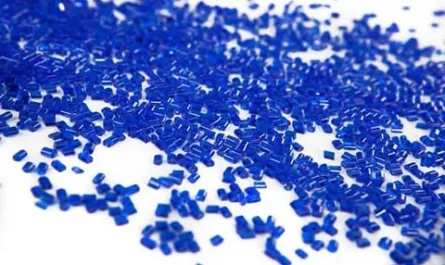L-Ergothioneine or EGT is a uniquely-shaped, low molecular weight histidine derivative isolated from mushrooms and other foods. EGT is a unusual amino acid produced by specific soil bacteria, yeasts and fungi that is taken up and stored by plants and animals. Some research indicates that EGT may help protect cells from oxidative damage and act as an antioxidant in the human body. This article will explore what EGT is, its sources and potential health benefits.
Chemical Structure and Properties of EGT
L-ERGOTHIONEINE (EGT) has a unique chemical structure that allows it to act as a robust antioxidant. It contains a sulfur and selenol group that enables it to scavenge reactive oxygen species, similarly to the antioxidant glutathione. However, EGT has certain advantages over glutathione. Its molecular structure is more stable and resistant to oxidation compared to other antioxidants like glutathione. This allows EGT to accumulate in tissues and remain active for longer periods of time instead of breaking down rapidly. EGT also has an unusually high binding affinity for proteins, allowing it to efficiently spread throughout the body when consumed. These unique chemical properties of EGT are thought to be behind its potent antioxidant effects in cells and tissues.
Major Dietary Sources of EGT
Mushrooms are considered the richest dietary source of EGT. Oyster, shiitake and button mushrooms naturally contain high amounts. Ergothioneine levels in mushrooms can range from 200 to 1600 micrograms per 100 grams depending on the variety. Other dietary sources that contain small amounts of EGT include beans, grain crops, meats and seafood. EGT is not produced by the human body and must be obtained through the diet. Vegetarians and vegans may consume less EGT compared to individuals who regularly eat meat, fish and shellfish as animal products provide an additional source.
Potential Health Benefits of EGT
Some research has shown EGT may help reduce oxidative stress and protect cells from damage. Having adequate EGT levels through dietary intake has been associated with the following potential health benefits:
– Age-Related Disease Prevention: EGT’s antioxidant properties help combat molecules called free radicals implicated in aging and diseases like cancer, heart disease and neurological disorders. Maintaining EGT levels through diet may help prevent or delay the progression of age-related illnesses.
– Anti-Inflammatory Effects: Preliminary research indicates EGT helps regulate inflammation in the body by modulating immunological and antioxidant gene expression. This anti-inflammatory action may benefit conditions involving chronic inflammation like arthritis.
– Liver and Brain Protection: Studies show EGT accumulates in high concentrations in the liver and brain. This may help protect these vulnerable and metabolically active organs from oxidative stressors generated during normal metabolic functions or due to toxin/drug exposure.
– UV Protection: Some evidence suggests L-ERGOTHIONEINE (EGT) protects skin cells from the DNA-damaging effects of UV radiation by directly interacting with DNA and dissipating sun-induced free radicals. More research is still needed but EGT supplementation may help prevent sunburn and signs of skin aging caused by UV damage over time.
– Anti-Aging Effects: EGT’s antioxidant protection at the cellular level helps combat oxidative stress associated with natural aging. Maintaining adequate levels through diet or supplementation may support overall health, quality of life and aging process.
Dietary Recommendations and Supplementation
The Recommended Dietary Allowance for EGT has not yet been established since it is a relatively new compound. However, research suggests consuming 5-25 milligrams per day would be sufficient based on tissue accumulation studies. For individuals not consuming dietary sources regularly or those at high risk of disease, an EGT supplement of around 100-200 micrograms per day is a reasonable amount to support antioxidant effects. More data is still needed to determine ideal dosage ranges for different age groups, genders and health conditions. Regardless, including mushrooms a few times per week can help boost dietary EGT levels.
In summary, the histidine derivative EGT shows promising pre-clinical evidence as a robust antioxidant that may provide multiple health benefits when obtained through the diet or supplementation. Further clinical research is still warranted before making definitive claims. But maintaining adequate EGT levels appears to be a prudent approach based on its unique molecular properties and concentration in liver and brain tissues most susceptible to oxidative damage.




